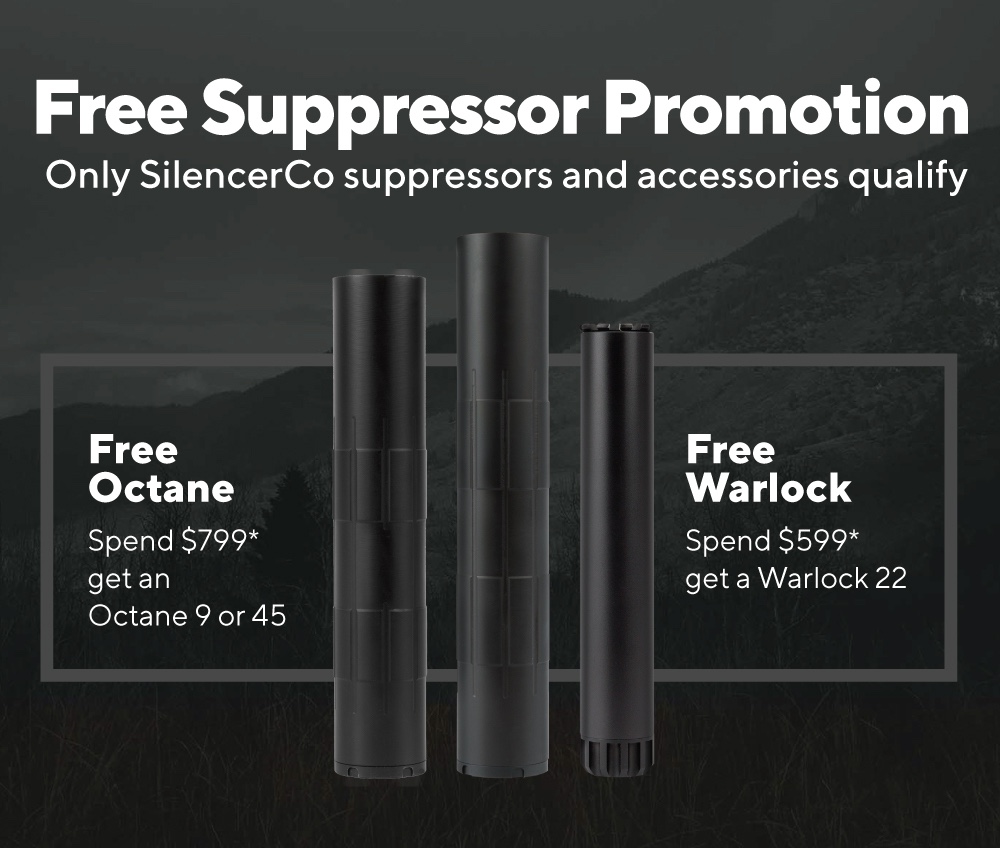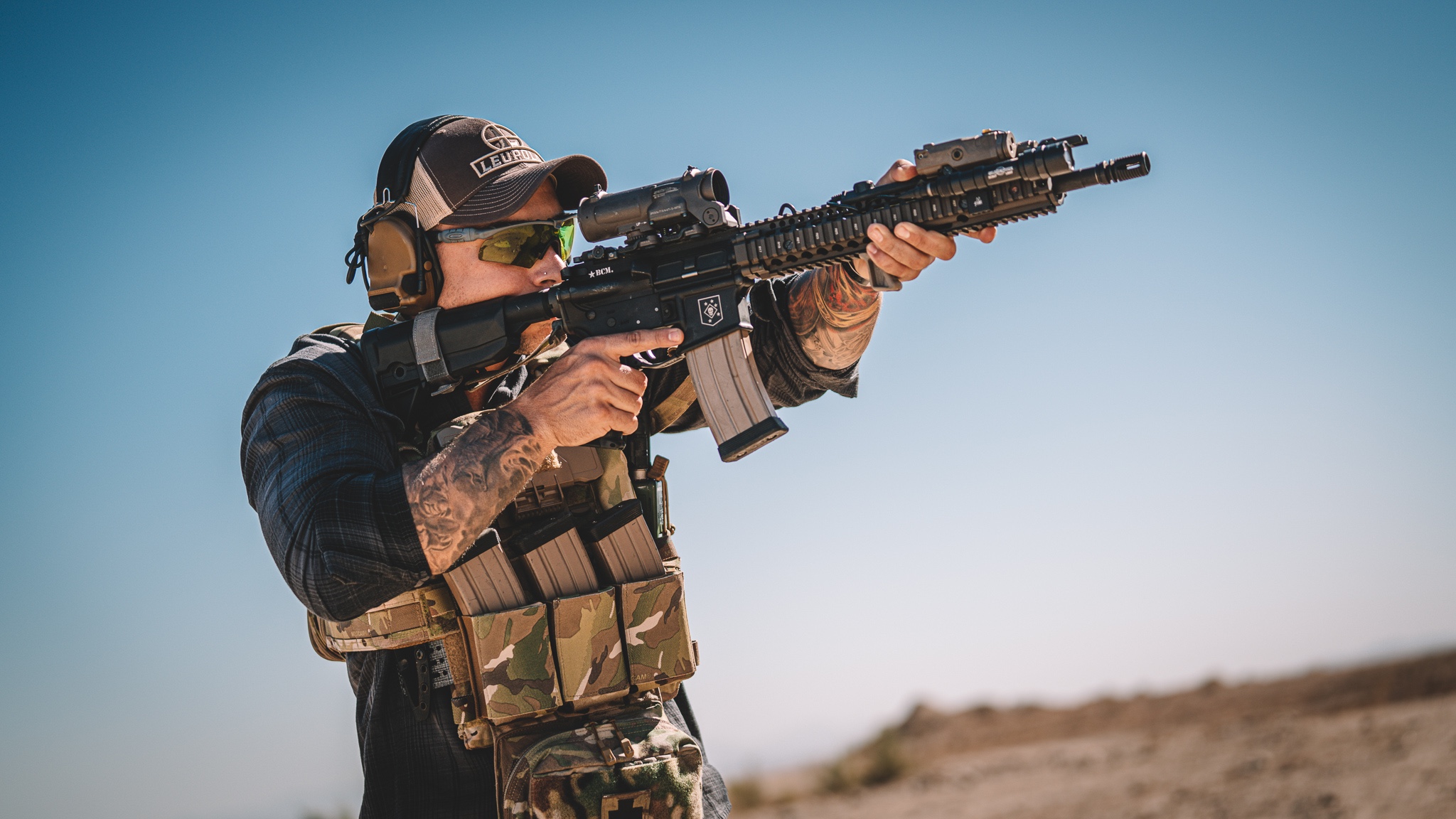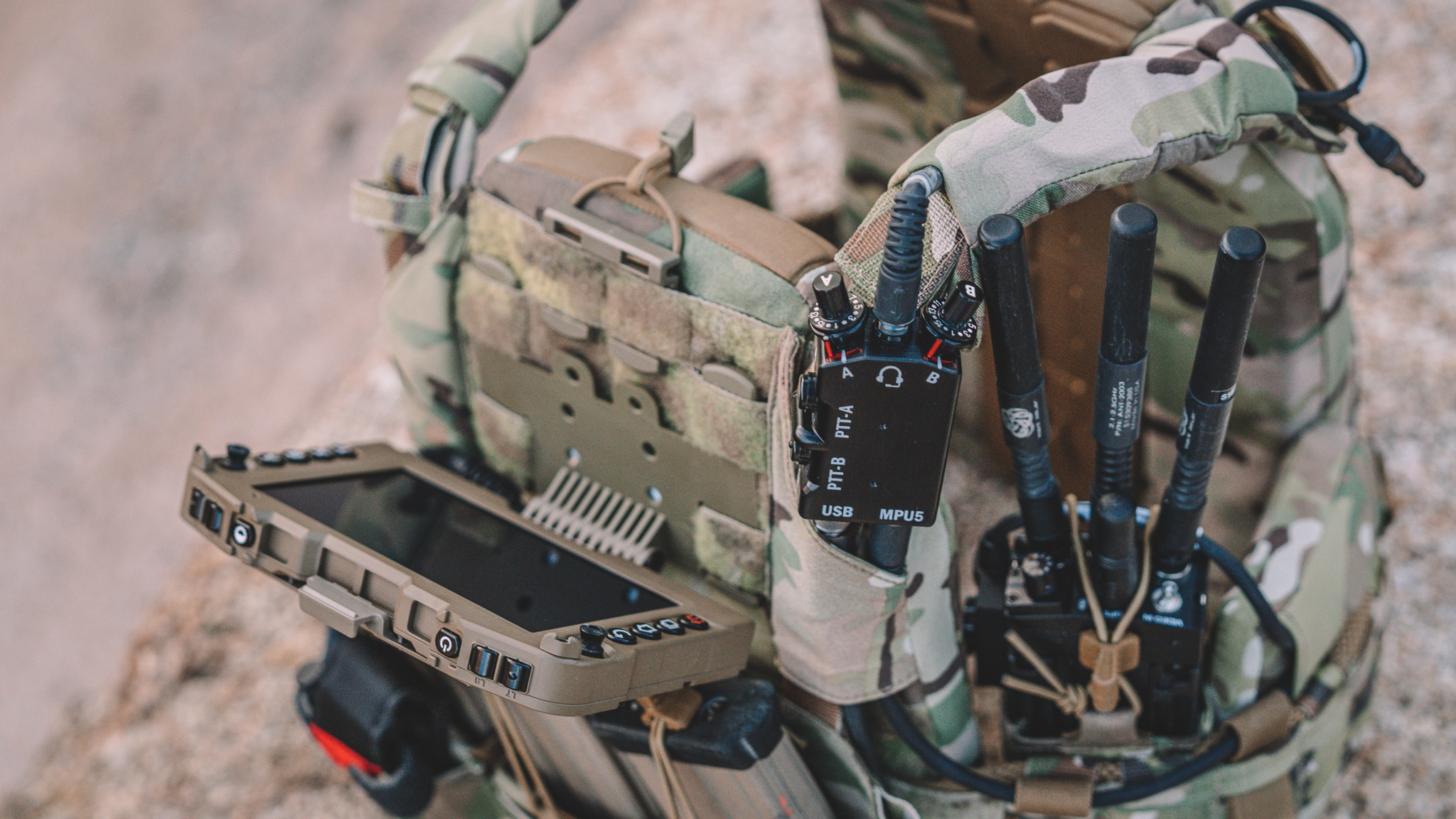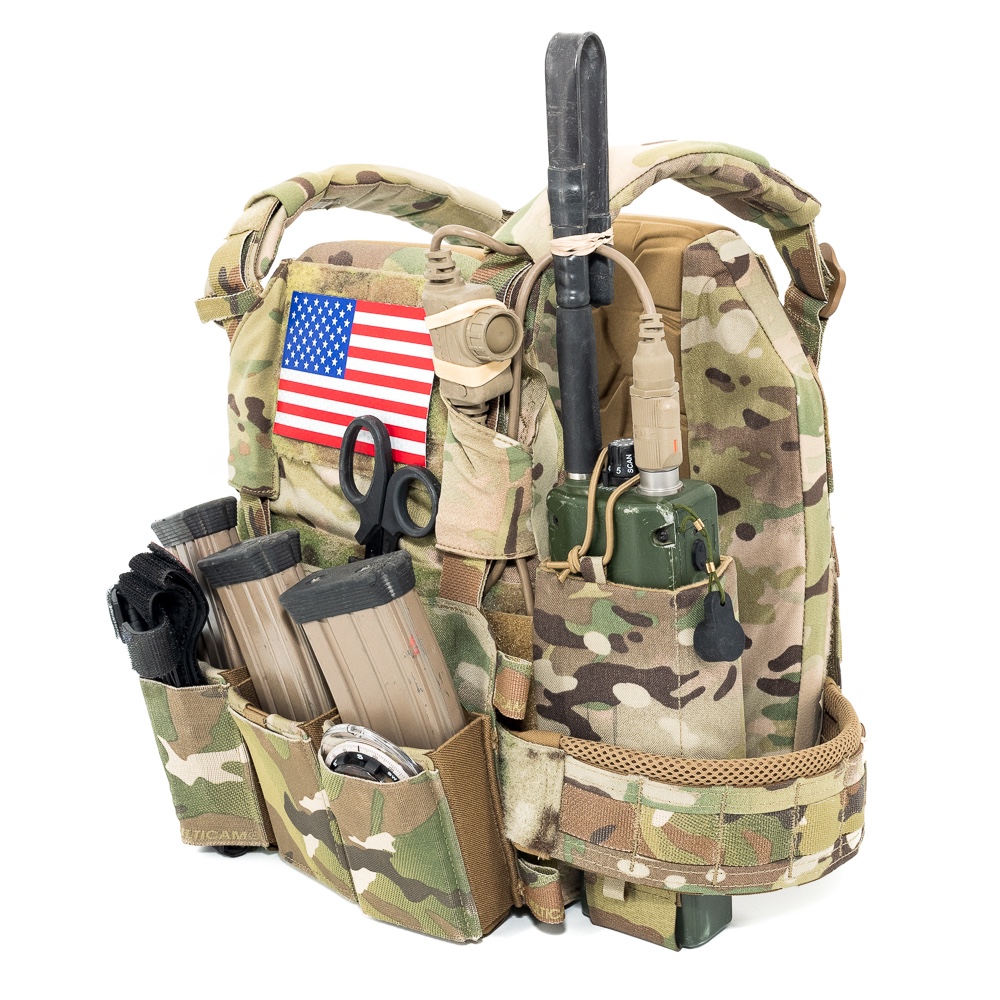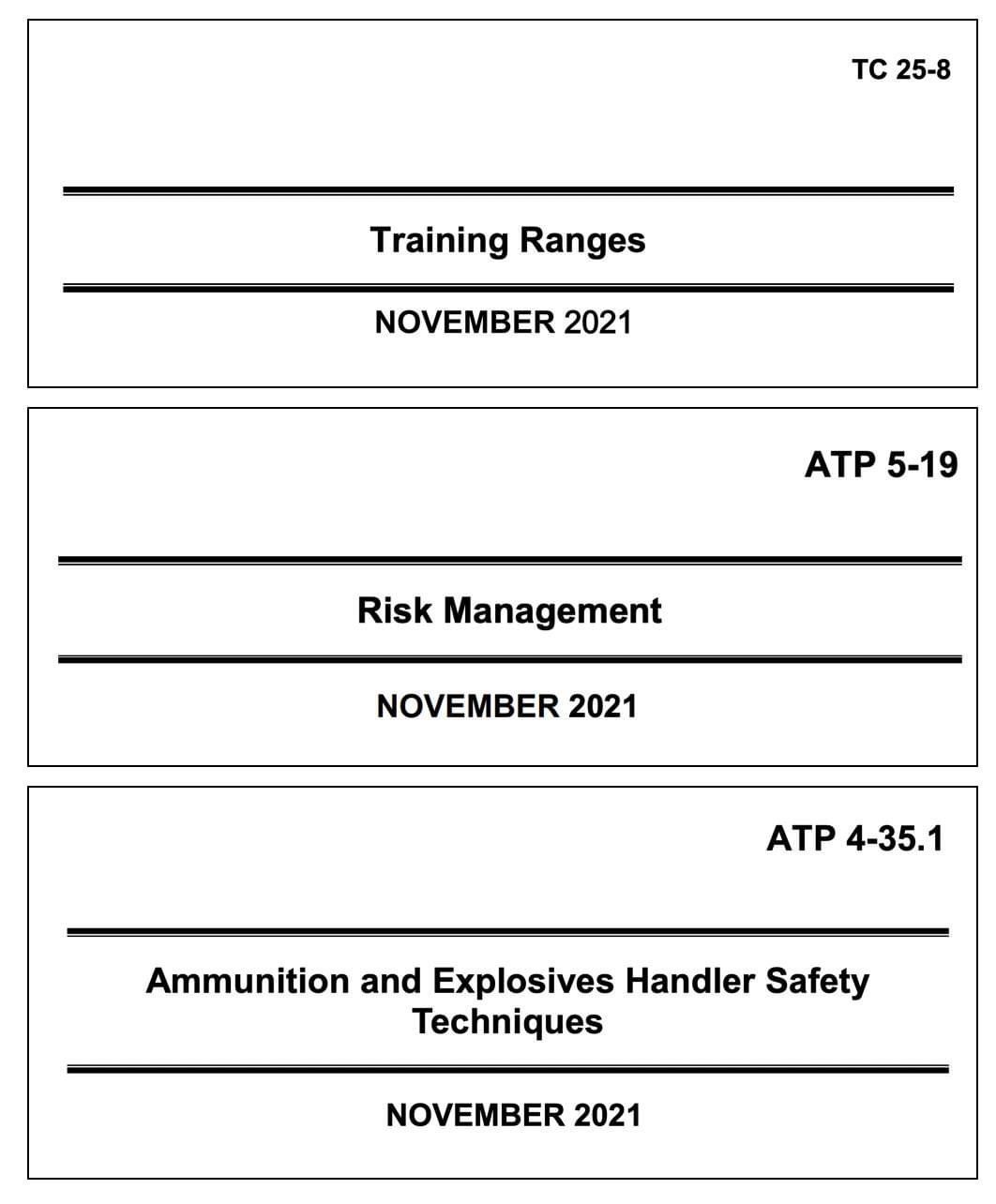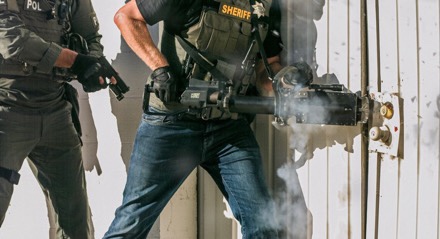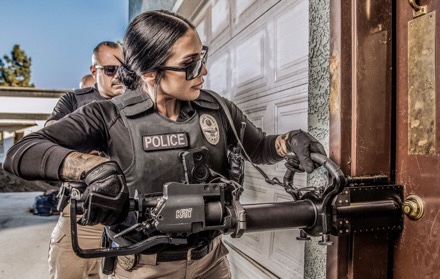HURLBURT FIELD, Florida–For the first time ever, two Special Tactics Airmen assigned to the 24th Special Operations Wing competed together in a major competition for Team USA Bobsledding Nov. 28-29, 2021 at Park City, Utah.
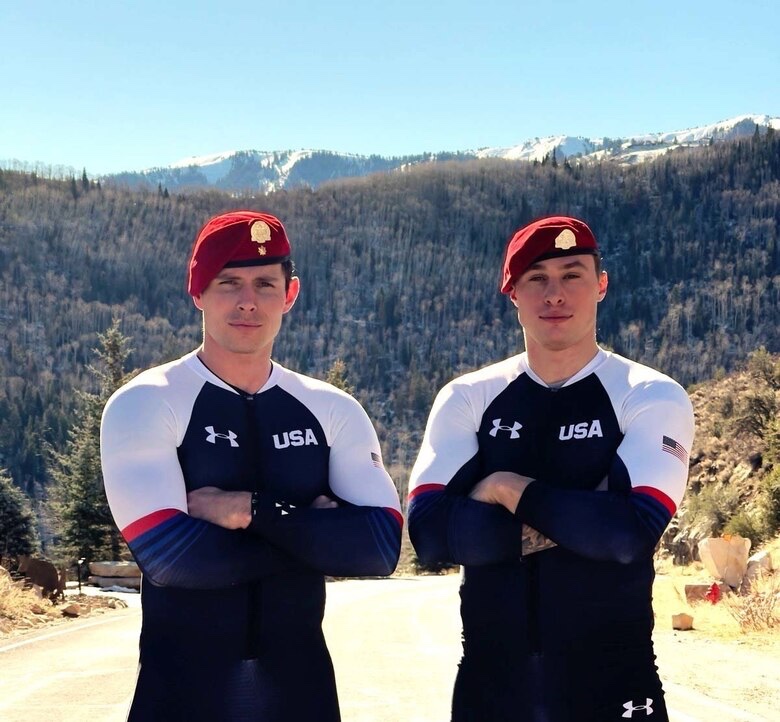
U.S. Air Force Special Tactics Officer Maj. Chris Walsh and Staff Sgt. Matt Beach, a combat controller, competed together at the International Bobsleigh and Skeleton Federation North American Cup for a chance to represent Team USA at the 2022 Winter Olympics.
As a Special Tactics Officer, Walsh is trained to lead teams of special operations ground forces for global access, precision strike and personnel recovery missions, however since August of 2019 he’s been training and competing as a full-time athlete in the Air Force’s World Class Athlete program. WCAP provides active duty, National Guard and reserve service members the opportunity to train and compete at national and international sports competitions with the ultimate goal of selection to the U.S. Olympic team while maintaining a professional military career.
“It’s great to be in the Olympic team picture at all,” said Walsh. “Competing with Team USA, USA Bobsled and the other athletes is a pretty big honor and to represent the Air Force on an international stage is awesome. You hope that you’ve done enough and things work out to where you end up making the olympic team, regardless of that outcome, to me the whole journey of learning a new sport and being able to compete and push myself to the highest level has been very rewarding.”
Beach, currently assigned to the 22nd Special Tactics Squadron at Joint Base Lewis McChord, Washington, started his bobsledding journey in 2020 under the guidance of Walsh and fellow Air Force Special Operations Command teammate and bobsled athlete, Capt. Dakota Lynch, a U-28 pilot, who could not compete due to injury.
“Being introduced to the sport by a fellow ST member is an example of just how good the leadership in the community is,” said Beach. “Having people like Maj. Walsh and Capt. Lynch to coach me through the process has been pivotal to getting me to where I am. Very rarely does anyone come in and instantly master the push and load. It’s a process, but it’s a process I look forward to.”
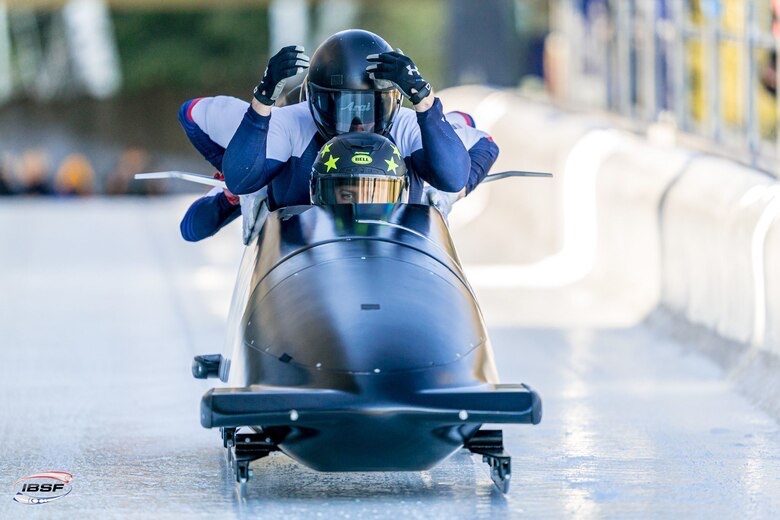
Both ST operators are push athletes, who use their explosive strength and precision to accelerate a two or four-man bobsled. In order to excel in this role, the athletes have to conduct thousands of correct repetitions to make sure every hundredth of a second counts. Although the physical training for this process is different from the fitness training required for special operations missions, the mindset needed is similar.
“The biggest thing from Special Tactics that translates to bobsledding is the mindset that you gain from going through all the ST training,” said Walsh. “It’s that no-quit, figure out how to find a solution, figure out a way to be successful-type of mindset. There are days where it’s really tough and you have to do a lot of late-night work on the sled and then get up early the next morning to compete, so having that gritty mindset is very valuable.”
In addition to the “gritty” mindset, Special Tactics operators are accustomed to being in extreme pressure situations where high levels of precision are required in rescue missions, controlling aircraft or guiding bombs on targets, which in turn helps them as athletes compete at the highest levels.
“To compete at this level requires the same focus and attention to detail as pre-mission prep and mission execution,” said Beach. “[Bobsledding], believe it or not, has a lot of parallels with the ST community.”
Unlike Walsh, Beach is not currently part of the World Class Athlete Program and still works as a full-time combat controller continuing to train alongside his teammates at the 22nd STS.
“Competing at this level while maintaining all the currencies expected of us as operators is not an easy feat,” said Beach. “Scuba diving all day and jumping out of planes in the middle of the night is not the best recovery when having to race some of the best athletes in the nation, but I have found a way to make it work.”

In typical ST fashion, both athletes and operators are determined to continue to push themselves to the highest level in whatever they do. For example last year, Beach took on a popular internet fitness challenge back at his squadron in which he had to complete a sub-five-minute mile and squat 500 pounds in the same day. Not only did he complete the challenge, but made sure it was executed to the highest standard by using a certified professional running track and receiving official review from USA Powerlifting judges to verify the squat.
Meanwhile, Walsh also had his eye on professional car racing and became the first active-duty service member to compete in the TC America Series, a touring car racing series in Virginia earlier this year. He ended up placing third overall among some of the top car racers in North America.
Although the ST Airmen hope to represent their country on the Olympic stage, in 2022 for Walsh and 2026 for Beach, even more so, they love the thrill of a good challenge and encourage others to pursue their goals no matter what.
“The best advice I can give anybody to accomplish anything they want to do is, to just start it,” said Walsh. “There’s never a perfect plan from the beginning. I can wait until the moment’s right or I can jump when I’m at an 80% solution and see where I land. And if I fail, figure out how to fail better the next time and eventually succeed. Just begin to build whatever it is that you hope to do. Once you start, you can figure things out as you go.”
Walsh and Beach placed 6th overall in their most recent competition, despite some equipment issues. They will be competing once more before the 2022 Olympics in Lake Placid, New York Dec. 18-20, 2021.
Special Tactics is Air Force Special Operations Command’s tactical air ground integration force and part of the Air Force Special Warfare enterprise, trained to execute global access, precision strike, personnel recovery and battlefield surgery operations across the spectrum of conflict and crisis. Air Force Special Tactics is one of the most highly decorated communities in the Air Force since the Vietnam War with one Medal of Honor, 13 Air Force Crosses and over 50 Silver Star medals. The 24th Special Operations Wing is headquartered in Hurlburt Field, Florida with geographically separated units across the country.
By Capt Alejandra Fontalvo, 24th Special Operations Wing Public Affairs
